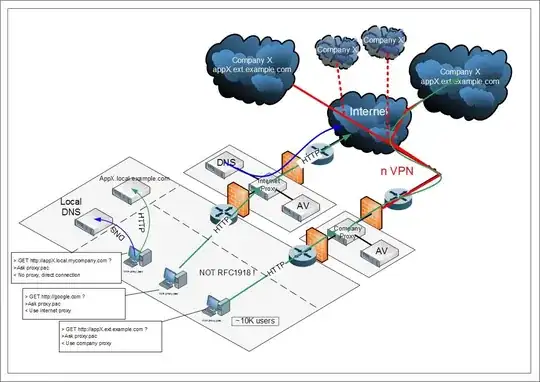I'm having one site that when hit with a spider just goes off the handles. Normally everything seems fine. We have a nagios montior to report back when CPU is over 80%.
When we get the warnings, I begin watching logs via sudo tail -f access_log. Most times, it's a spider.
It seems to get caught in one URL that the spider has packed with an infinite number of query string values.
What I've tried:
I've since put Disallow: *?* in robots.txt.
Current top reads:
Question:
Are there other methods that I could use to tell spiders to calm down on our site? On the high memory use httpd processes, can I tell which pages these are calling in order to isolate the troubled spots on this site?
That is, how do I find and isolate the trouble maker?
Errata: We're running Apache 2.2.15 on RHEL 6.8 with memcache.
# apachectl -V
Server version: Apache/2.2.15 (Unix)
Server built: Feb 4 2016 02:44:09
Server loaded: APR 1.3.9, APR-Util 1.3.9
Compiled using: APR 1.3.9, APR-Util 1.3.9
Architecture: 64-bit
Server MPM: Prefork
threaded: no
forked: yes (variable process count)

